How to Create a Business Organizational Chart
An organizational chart can be seen in an HR office or a business proposal. Big and small companies always store or display it for reference purposes. Regardless if you’re just starting a business or not, this chart should exist. This article shows how you can create one for your business.
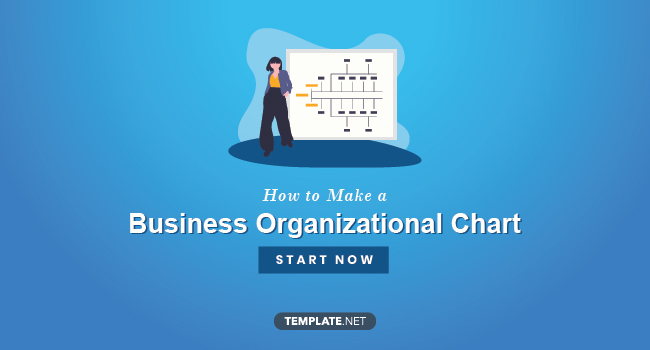
How to Create a Business Organizational Chart
What’s an Organizational Chart?
An organizational chart may not be an unfamiliar sight to you. Those shapes and lines you see visualize the structure of a business. Employee roles and the people they report to are clearly defined here. Business HR departments are usually in charge of bringing this chart to life. Managers go over the chart for creating SMART goals. Because managers have to plan for their people, and organizational chart helps them take their teams in their desired directions. Employees looking to set expectations for themselves can also keep tabs on this chart. If they need clarity, they know where to look.
Why Your Business Needs an Organizational Chart
Small businesses tend to skip this step due to their low employee count. Owners of such establishments also believe it isn’t worth their time since they have other concerns to worry about. However, companies of all sizes should create one. If you’re a business owner or manager, you’re bound to use it for planning and management purposes. A well-constructed organizational chart gives way for maximum business efficiency. An organizational chart is an important reference for career growth. If an employee wants a promotion, he or she can know where they’re headed. This leads to increased motivation, and by extension, productivity.
How to Create a Business Organizational Chart
Putting all those names, shapes, and lines together can be daunting, especially if you’ve looked at some examples. However, creating an organizational chart shouldn’t be a stressful activity. Here are the steps to create one for your business.
Choose the Type of Organizational Chart
Organizational charts aren’t a one-format-fits-all kind of documents. Certain charts don’t fit certain organizations, so it’s best to do your research on this area before you begin listing people. Choose a type that fits your business. An organizational chart is more than just a list of names and responsibilities. Managers and owners use this for important purposes, like creating policies and procedures, budget planning, employee onboarding, project management, and risk management. For this article, five types of organizational charts are explained in full detail below. Read each description carefully before you start working on your chart on that blank worksheet.
Hierarchical/Top-Down Organizational Chart
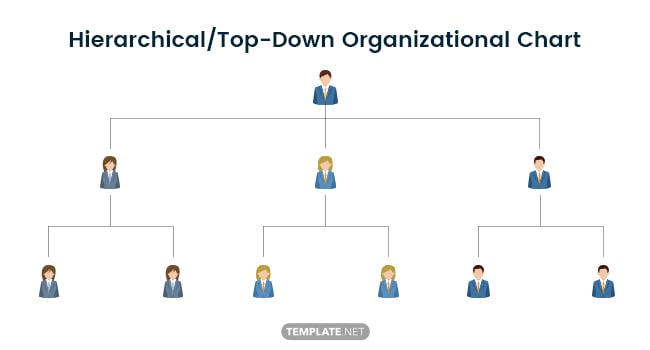
This type shows a top-down structure of a business’s employees. It typically starts with a business owner or manager at the top. Employees under their jurisdiction are listed below their names. Every person’s roles are included in the chart. These roles, which are encased in boxes, are connected through lines to trace which employee reports to a certain manager. Majority of small businesses use this type. Out of the five types enumerated in this article, this one is the simplest chart to make—especially if a business just contains a few employees who all report to the owner or manager directly.
Matrix Organizational Chart
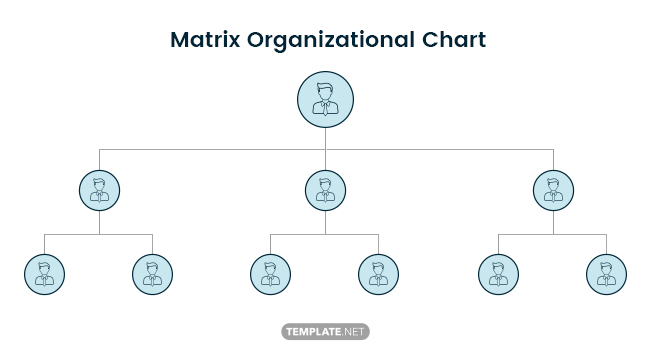
Businesses that have more than one manager supervising teams use this chart. You may see this chart applied in magazines’ editorial teams. Say one writer is tasked to write fashion and beauty articles; this means that he or she reports to two supervisors. A matrix chart is best for companies with complex organizational structures. Like hierarchical charts, matrix charts trace relationships between employees and their supervisors. However, this type includes the teams, project managers, or departments they’re placed in. This can generate confusion or conflicts; with a business partner guiding teams along with managers, questions are bound to be asked.
Functional Organizational Chart
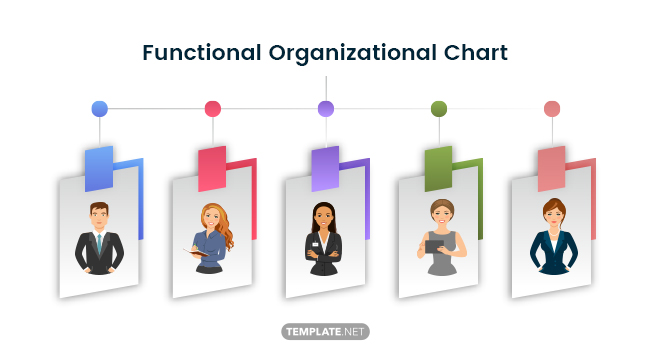
If your business is big enough to be divided into departments, then this chart is for you. In this chart, employees are organized according to the departments (finance, business operations, sales, etc.) they’re under. Their names are listed under the department head they work for. Like matrix charts, functional charts aren’t too far off from hierarchical charts. The difference between the two lies in their focus points. If the latter emphasizes order, the former prioritizes on departments. Functional charts paint a clearer picture of a business’s functions. As an added bonus, businesses won’t have trouble scaling them, even as they grow.
Flat Organizational Chart
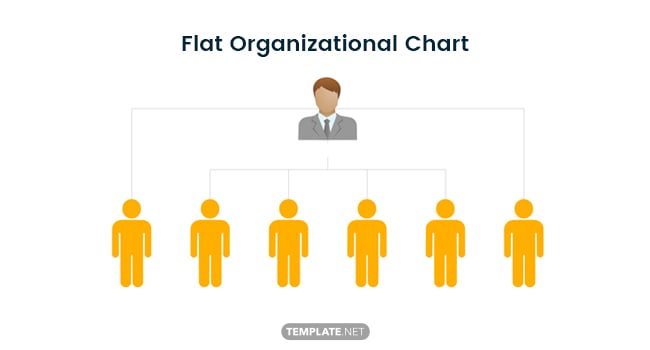
This chart type is almost exclusively utilized by small businesses. Establishments that have employees taking on overlapping roles also use this. Flat charts have their benefits and disadvantages. On the plus side, they encourage more freedom and responsibility from employees. Because they’re wearing multiple hats at once, employees have to think on their feet and get work done quickly. The nebulous nature of flat charts can present problems. Flat charts won’t hold up long as a company expands. Boundaries aren’t established here either; as a result, employees don’t know who to report to and know where their responsibilities start and stop.
Circle Organization Chart
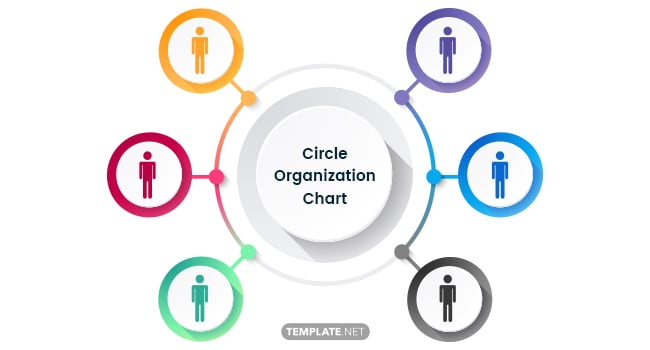
Last on this list is a new format that’s been increasingly popular among small startup companies. They use circle charts because they want to do away from typical business hierarchies. Circle charts embody the concept of equality; in this chart, every team and its members have equally important roles to play in a business. Although hierarchy is established in these charts, its worth noticing how people are positioned in them. High-ranking employees are placed in the inner rings while low-level employees make up the outer rings. If normal charts show top-down structures, circle charts present every component as parts of one whole.
Creating an organizational chart doesn’t hurt a new business’s startup cost, so don’t overlook this document. Each type can be edited and customized to your liking, so don’t be afraid and start working on that blank datasheet. By the time you’re done reading this section, you’ll know which type to use.
Collect Employee Information
Once you’ve figured your format out, you can proceed to collect the following:
- Name (This can be left blank if the position is a vacant one.)
- Department
- Job Title
If your chart has tons of space left, you can include the location, especially if your employees are from different states. Contact information can be added as well. Details such as work phone numbers and emails can be inserted so employees can easily contact each other. Make sure to get a list that’s up to date; otherwise, you’ll end up listing names and details that no longer work for your business.
Fill in the Details and File It Securely
Now that you’ve got your details, it’s time to fill out your organizational chart. You can start by filling a blank chart as you go over your data. It’s up to you whether you’ll use a printed chart or a digital one. Don’t be too worried about making mistakes on your first try. There’s still room for revisions because you’ll be initially working on a blank chart. Remember, they’re just visualization guides and aren’t the final versions. Once you’re done filling out the details, keep the chart in a secure location. You’ll never know when adjustments need to be made.
Finalize the Chart
Done with your final draft? If so, you’re ready to bring your organizational chart to life. There are multiple tools for free on the web to help you create your final chart. Many take advantage of Pingboard’s free chart tool, so you may want to try it out. You can even find chart-making tools in your preinstalled office software. Just explore the drawing features in Microsoft Word and PowerPoint. If you’re willing to shell out money, programs like Gusto are a good choice. This all-around tool allows you to create charts while taking care of HR and payroll tasks.
Tips for Creating an Organizational Chart
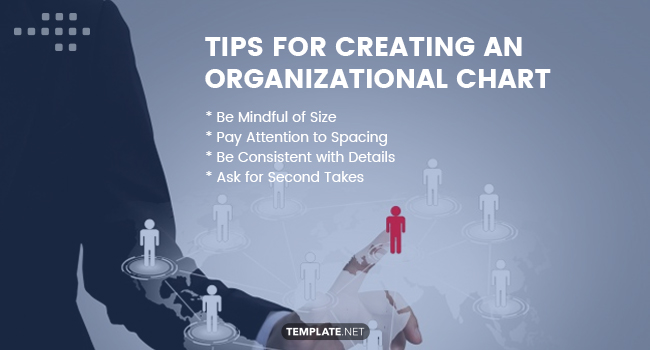
Organizational charts are visualizations of a business structure. This checklist should guide you as you create one for your business.
Be Mindful of Size
Don’t squeeze everything into one space.
Pay Attention to Spacing
Estimate the distances the shapes need for a more polished look.
Be Consistent with Details
Use specific shapes or colors for certain people or teams. Organizational structure analysis will be less stressful because of this.
Ask for Second Takes
An extra set of eyes should take a look at your chart. Their input may contribute to a well-constructed and organized chart, which can determine business growth.
Creating an organizational chart definitely won’t hurt your business. Rather than just reading a list of names, a visual guide containing relevant information is much more beneficial.






